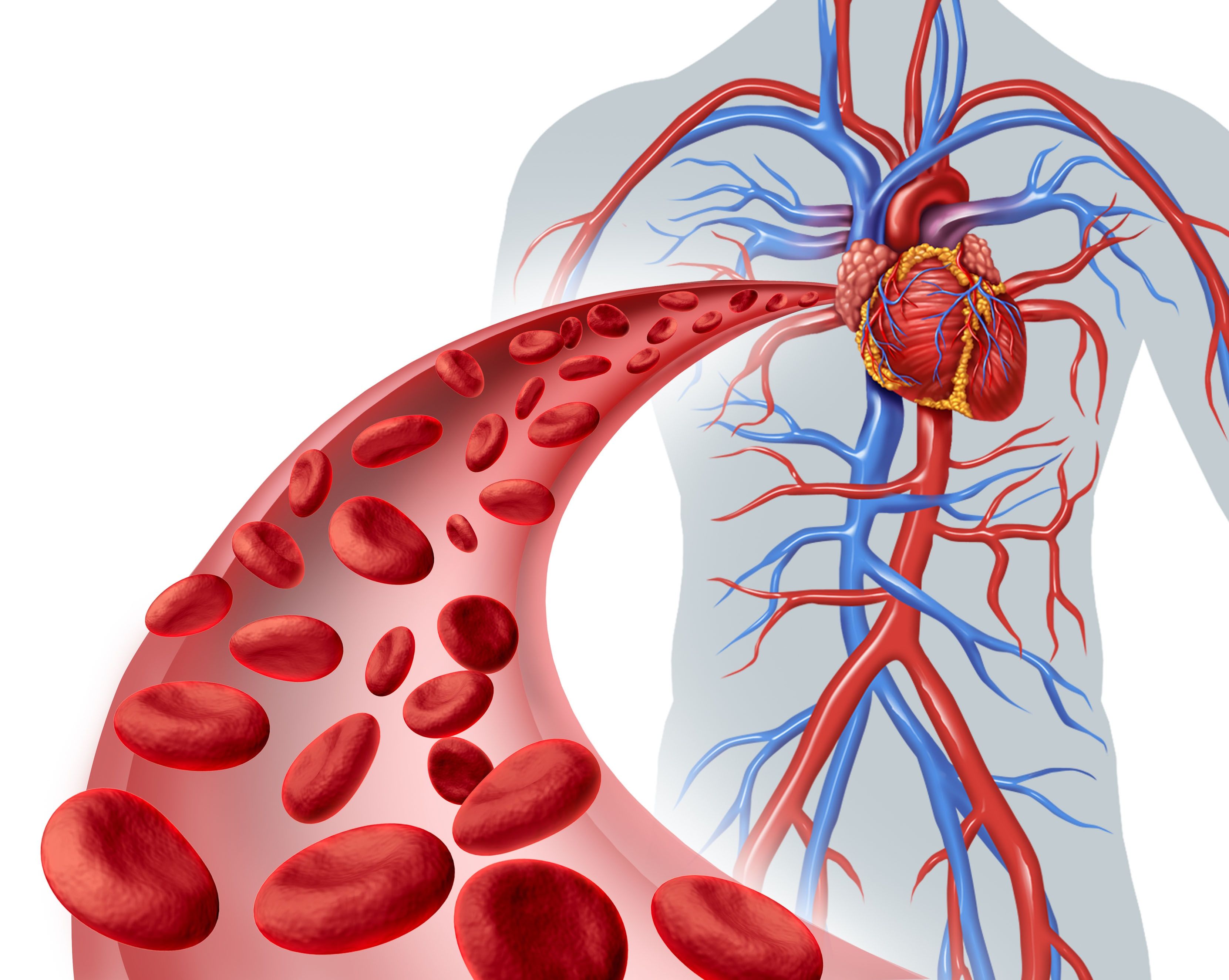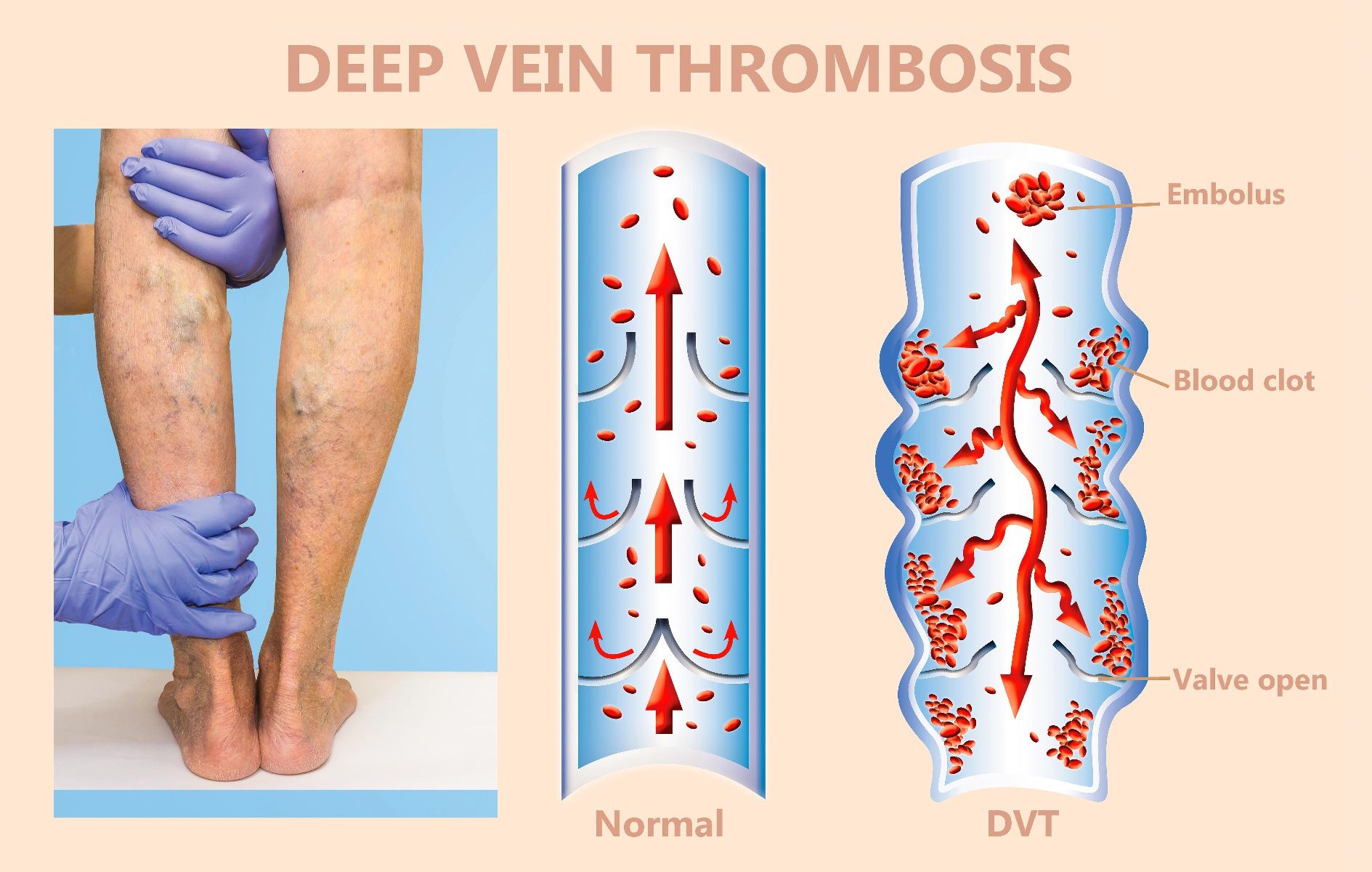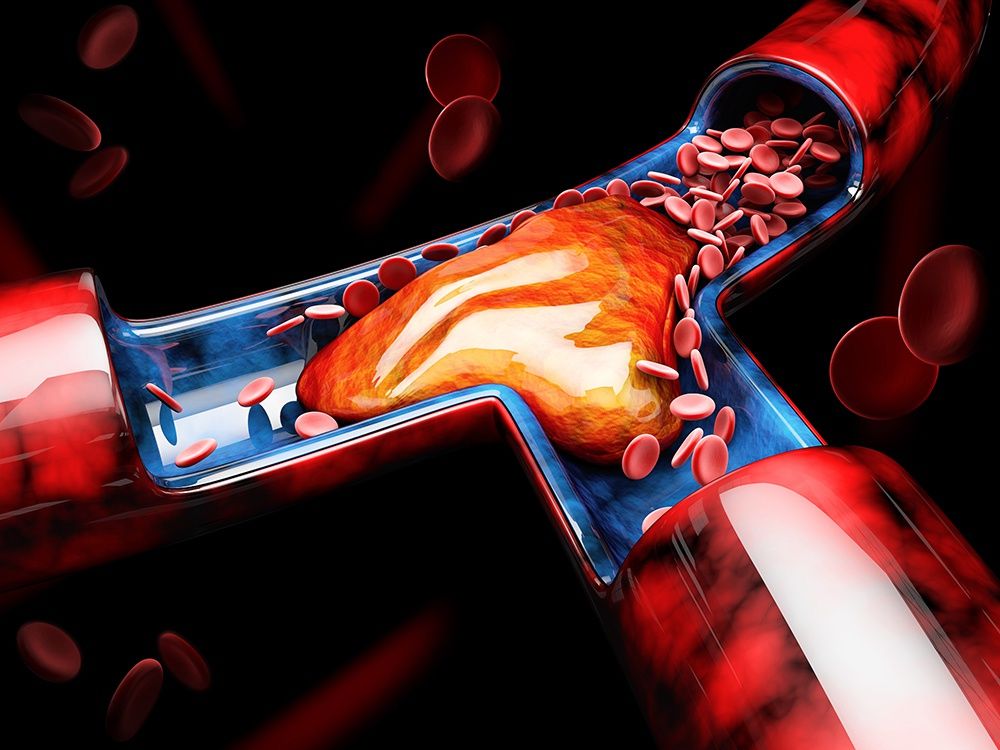Let’s start with the conclusion: the heart and brain are not more prone to thrombosis than other organs, nor are they more prone to vascular thrombosis than other organs.
The importance of these two organs is much higher than other organs, and the consequences and sequelae caused by vascular embolism are more serious. Therefore, the treatment of myocardial infarction and cerebral infarction is more serious than that of other organs. More clinical attention, more in-depth research, and more frequent media exposure.
It also caused many people’s misunderstanding: only the heart and brain are more prone to thrombosis than other organs.

The thrombus of thrombosis is not necessarily produced by the last effect site, it may be produced elsewhere, and finally fall off The disease with obvious clinical symptoms occurs only when it drifts with the blood flow to where it is blocked.
Taking the brain as an example, if a thrombus is blocked in some small blood vessels, the consequences will not be too serious. The serious consequences are the blockage of larger blood vessels, which often results in one or several functional areas of the brain. necrosis is more dangerous.
In fact, it’s not good for a thrombus to get stuck anywhere. For example, if the terminal blood vessels of the limbs are blocked, it will also cause limb necrosis, and finally have to amputate the toes or a section of the calf.
The consequences of a thrombus depend mainly on the site of the thrombus and the local collateral circulation and the tolerance of the tissue to ischemia, that is, an organ with double blood circulation, one of which is an artery Blockage, because there is another artery to maintain blood supply, is usually less likely to cause an infarction.

Give some examples:
1. The lungs are supplied by pulmonary arteries and bronchial arteries, and the pulmonary arteries are small Branch thromboembolism is less likely to cause infarction
2. The liver has dual blood supply from hepatic artery and portal vein, and intrahepatic portal vein occlusion generally does not cause hepatic infarction
3. The forearm and hand run parallel to each other The radial and ulnar arteries supply blood, and the anastomotic branches are abundant, and infarction rarely occurs.
4. When the renal, spleen, and cerebral arteries are blocked, it is difficult to establish effective collateral circulation, and infarction often occurs
p>
5. Among them, the nerve cells of the brain have the lowest tolerance to ischemia, 3-4 minutes of ischemia can lead to infarction, myocardial cells will die after 20-30 minutes of ischemia, and skeletal muscle, Fibrous connective tissue is most tolerant to ischemia

Generally speaking, the more abundant the collateral circulation, the more The probability of necrosis caused by thrombus blocking a blood vessel is smaller, because if one blood vessel is blocked, as long as the other blood vessel is open, it is not a big problem.
(The pictures above have been authorized by Baotu.com)